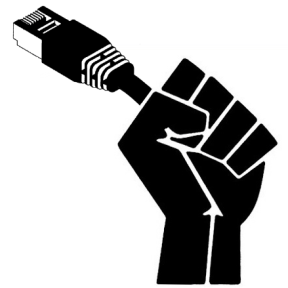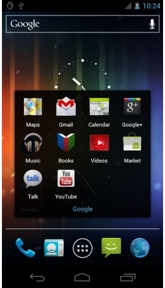The answer is simply, no. Too many roadblocks are in Google’s planned path to the top. For one, with over 750 million users, Facebook has become very, very well established on a worldwide basis. In fact, if Facebook were a country, it’d be the third most populous nation in the world. Google+ has too long a way to go to even remotely come near the power of Facebook. It’s like the iPod and Zune situation that happened a few years ago: the iPod was too popular for any other competitor to have a chance in the market and, ultimately, the Zune died. Where is the space for Google+?
Seriously, congratulations to Google+ for reaching ten million users in a very quick three weeks when it took Facebook three years to reach twelve million users. The speed of Google+ adoption surely is impressive. However, let’s think critically about these numbers.
And, what about my 50-something year old parents and all the other late Facebook adopters? What has caused Facebook’s numbers to increase so much lately isn’t the same as to what caused it to grow a few years ago. Lately its older, middle-aged adults finally, maybe grudgingly, creating accounts, not young people. These people have created an account probably because they felt they have to in order to stay connected. I highly doubt that they would at all be interested in switching their learning and using efforts to a new service like Goolge+.
This brings us to the point that Google+ is nearly identical to Facebook. Where is the incentive to create an account on a site that offers the same service? Some will say that Google+ has features that Facebook does not, like Circles and Hangouts. This is not true. Facebook already has a Circles feature titled Lists. Truth be told, most people do not use Lists, but it is still there. Also, Facebook has already matched Hangouts with Skype integration.
It really comes down to a one or the other decision because people do not have any more time to devote to social media. To communicate with both Facebook and Google+ users would make even the simplest task tedious. Can you really imagine someone updating their status on both services, let alone posting photos?
I believe the deal breaker for Google+ is the number of people on Facebook. Simply put, people will stay where their friends are: and their friends are on Facebook.
With two highly similar social networks, the best that will come out of this situation is innovation. Both services are competing with each other, with nearly endless resources I’ll add, trying to best the other’s features. This will only benefit the end-user and, ultimately, in my opinion, Facebook users. A theoretical example is Google+ could develop a new feature; Facebook would see what works and what does not and then provide their users with an innovation that works better, thus eliminating a reason to switch services. In fact, Facebook should take a hint from Google+’s Circles and redesign Lists.
Because Google+ has been positioned as a “Facebook killer”, it has neglected to compete with easier, less established targets like LinkedIn and Twitter. Facebook has become for friends and family, LinkedIn is for professionals, and Twitter has become a nearly unmanageable free-for-all where content is basically lost forever minutes after posting. I’d love to see Google+ repositioned to invade Twitter’s space.
Now I’m going to bring up the debacle that is (was?, I don’t know anymore) Myspace. Google+ does not seem to have much to offer in order to do to Facebook, what Facebook did to Myspace. Where Myspace failed was in their lack of a definite marketing strategy. Sure, at first it was a way to connect to friends, and then all I saw was a music promotion website that was all the while becoming unusable due to outrageous load times from dancing and glittering backgrounds, instant-starting videos and audio files, and endless spam posts about checking out a new artist or porn website. Facebook stepped in and defined itself as an easy, clean way to socialize online. We know that Facebook’s strategy works because it has allowed it to reach an estimated value of around 75 billion dollars. This isn’t to say that Google+ couldn’t take over one day, but Facebook must be doing something extremely right in order to have been around so long.
Google+ simply cannot be the same service that Facebook is. If they do not find a better strategy to position their offering, Facebook has nothing to fret about.
What does everyone else think about Google+? Are you deleting your Facebook and making the big switch? Did I miss something completely? Please share your thoughts.






.png)
.png)
.png)
.png )









































